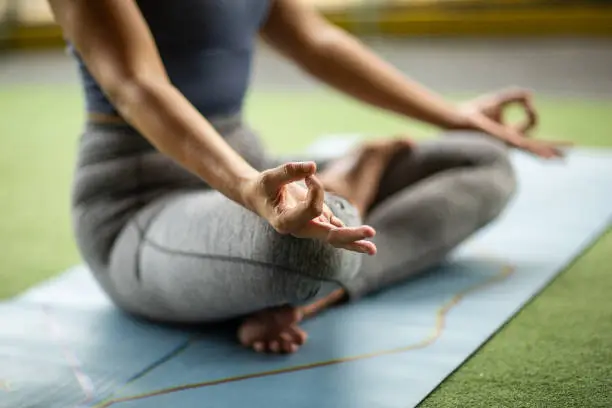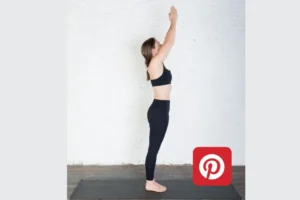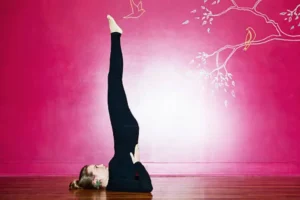Deferent Types of Meditation help to reduce stress and anxiety
1. Vipassana Meditation:
Through this type of meditation, a person moves himself from negativity to positivity. This is the most important technique of knowledge. It creates a feeling of greater satisfaction towards life in your mind. By doing this, mental development happens faster. Breath is used in the process. Vapasana meditation or meditation is more beneficial for those people who are confused all the time or who do not have anyone to guide them.
2. Tratak:
3. Eye Meditation:
4. Kundalini Meditation:
5. Mantra meditation:
6. Sahaja meditation:
When to do meditation?
Morning
Meditation early in the morning is a great way to establish the tone for the rest of the day. In the early morning, family, work, and other duties have not yet competed for your attention. You often have the clarity to focus on your meditation.
You choose how long to meditate. It depends on your goals and preferences. But, even a short, five-minute practice can be a good start to your morning.
Setting your day’s goals by meditating can help you keep an optimistic and calm mindset. This mindset will help you handle any tensions later in the day.
Lunch Break
Evening time
After Work
Post Exercise
When you need to Relax
Benefits of Meditation
1. Lowers stress.
2. Reduces anxiety. :
3. Enhances mental health.
4. Increases concentration and attention.
5. Reduce memory loss.
What are the mistakes we are making during meditation?
Mistake no.1:
Mistake No. 2:
What are the right steps to perform meditation?
- The way you sit during meditation also matters a lot. If the way of sitting is not correct then you will suffer more losses than the benefits. It keeps your spine should be straight, it should not be higher than the shoulders. It should be lower to fit you. If we talk about sitting position, you can sit in Padmasana or Vajrasana. keep your back straight so oxygen can reach your body.
- This step is most important. In this step, you have to focus on your breathing. But, as you all know, millions of cells make up our body. And, every cell needs oxygen to live. People know that oxygen causes many diseases. Oxygen is very important for the body. While meditating, you have to breathe it. All your attention should be on breathing. While breathing, feel that a new energy is flowing in you. Your body and mind are filled with optimism. While exhaling, feel that you are throwing out all the filth and negative thoughts.
- In this step, you have to close your eyes slowly. Then, you can do meditation with your eyes open. But, to focus well and get the most from meditation, I suggest keeping your eyes closed.
- You are sitting right, breathing deeply, and have closed your eyes. Now it’s your turn to scan your body. Every day we talk to many people, but have you ever tried to understand your mind from your body? During meditation, you get a chance to talk to yourself. During every breath, you have to feel where in your body there is a sensation. And where there is movement. By doing this your body will get relief.








